
Any flower garden is a pleasure to behold, but a thoughtfully curated, beautifully laid-out, well-maintained botanic garden is truly magical. It is a living museum based on sustainability and conservation where knowledge and art come together to educate visitors and expose them to collections they might not otherwise see. The Geneva Botanic Garden — with its outdoor rock gardens, streams, and ponds; its conservatories; and its arboretum — is such a place.

I visited it twice and saw hundreds of gorgeous plants, including the ethereal, ballerina-like Pulsatilla serotina Magnier:
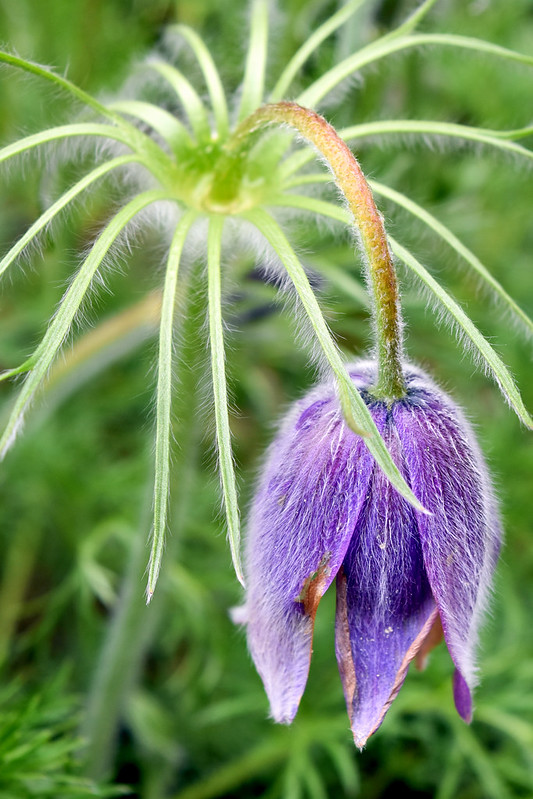
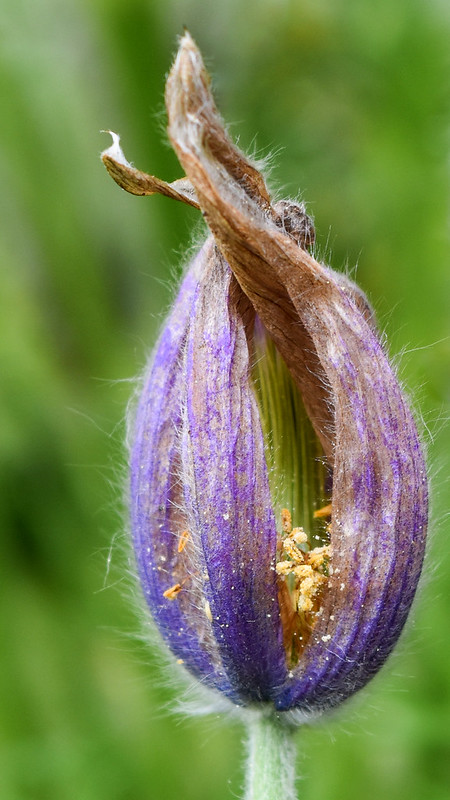
Gunnera tinctoria (Giant Rhubarb) and Orontium aquaticum (Golden Club), at water’s edge:
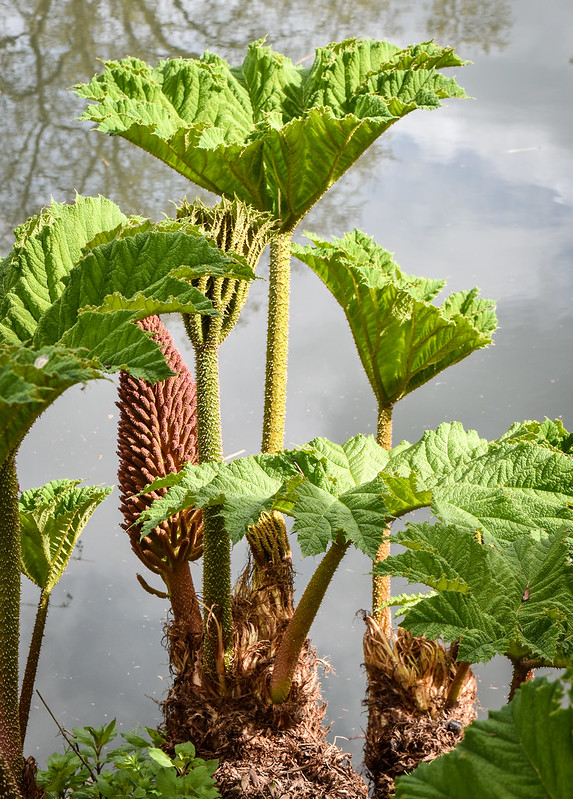
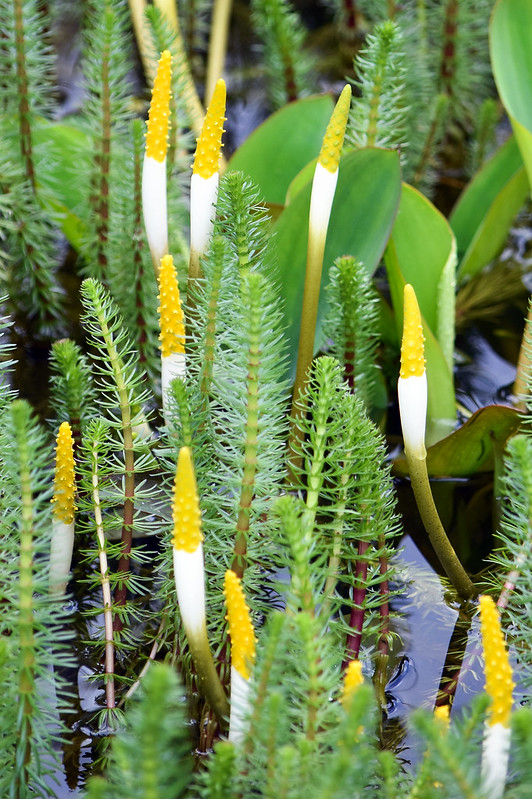
… Paeonia tenuifolia (Fern Leaf Peony) and Euphorbia rigida (Gopher Spurge):

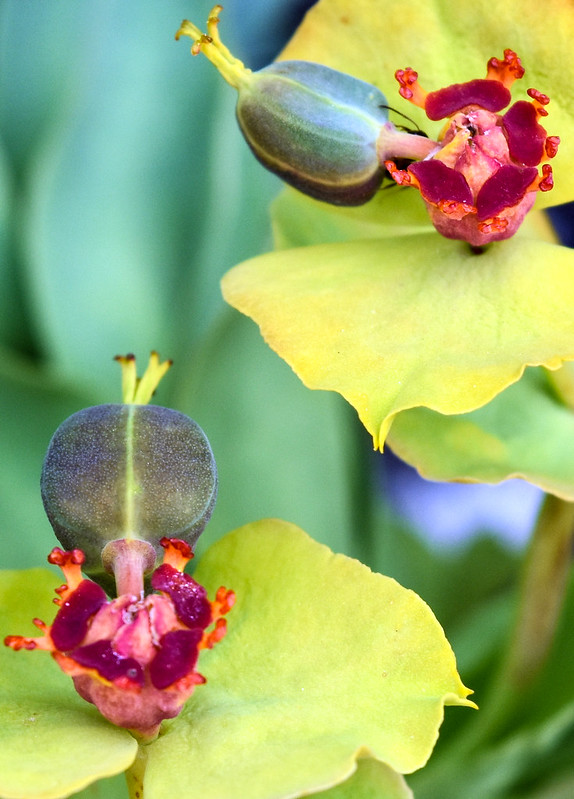
Because botanic gardens are such peaceful places, it is hard to imagine any nefarious activity occurring in them. But botanic gardens contain items of great beauty and of great worth, and just as there have been art heists, there have also been famous plant heists: from the almost-daily theft of tulips in Carolus Clusius‘ botanic garden at Leiden University in the late 1500s (precursor to the really nasty Tulip Mania that would follow) to the 2014 theft of a water lily brought back from the brink of extinction at London’s Kew Gardens–a crime Scotland Yard was called in to investigate.
The result is that at many botanic and private gardens, and in other unexpected places, increased security is now par for the course. Pun intended–a lone, wild lady slipper orchid found on a golf course in England in 1930 (the only one if its kind–the plant had been declared extinct) is said to have more police protection than the Queen.
I was reminded of this dark side of the botanic world twice in recent weeks: first, by a sign in an empty spot at the Geneva Botanic Garden: “Here a plant was STOLEN by someone without scruples and without respect for our collections.” It was a sobering sight.

And second, on a private garden tour on the outskirts of Rome, where a well-dressed elderly lady surreptitiously took clippings of numerous plants and hid them in her handbag. Luckily, the owner of the garden is usually quite gracious about clippings, when asked. But what is it that compels people to possess something beautiful, rather than simply admire it?
The Independent said it well in an article about the obsession with orchids: “It is a curious and dispiriting aspect of human behaviour that some of the most beautiful features of the Earth can be destroyed by people’s love for them.”





















